

Earlier this year I bailed out of the Leica SL system purely on the basis of weight and bulk. For me, no longer a youngster, the combined weight of the SL and the superb 24-90mm Vario-Elmarit zoom was just too much to handle. And the other SL lenses, particularly the new 50mm Summilux, are just as much a handful. But, despite selling the zoom (the only native SL lens I possessed) I have not lost my love of the camera itself.
When used with M lenses or auto-focus optics from the TL line-up, the SL is a completely different animal. Sure, the body tips the scales at 850g, nearly 200g heavier than the M10. But when you bear in mind the superb built-in viewfinder and the huge and comfortable grip, the difference is no longer so significant.
Since I sold the portly Vario-Elmarit I’ve been restricted to non-SL lenses and I am definitely warming to experimenting with both M and TL. The SL is particularly good with those M lenses that are sometimes difficult to focus wide open, lenses such as the 50mm Summilux and, particularly, the fussy Noctilux.
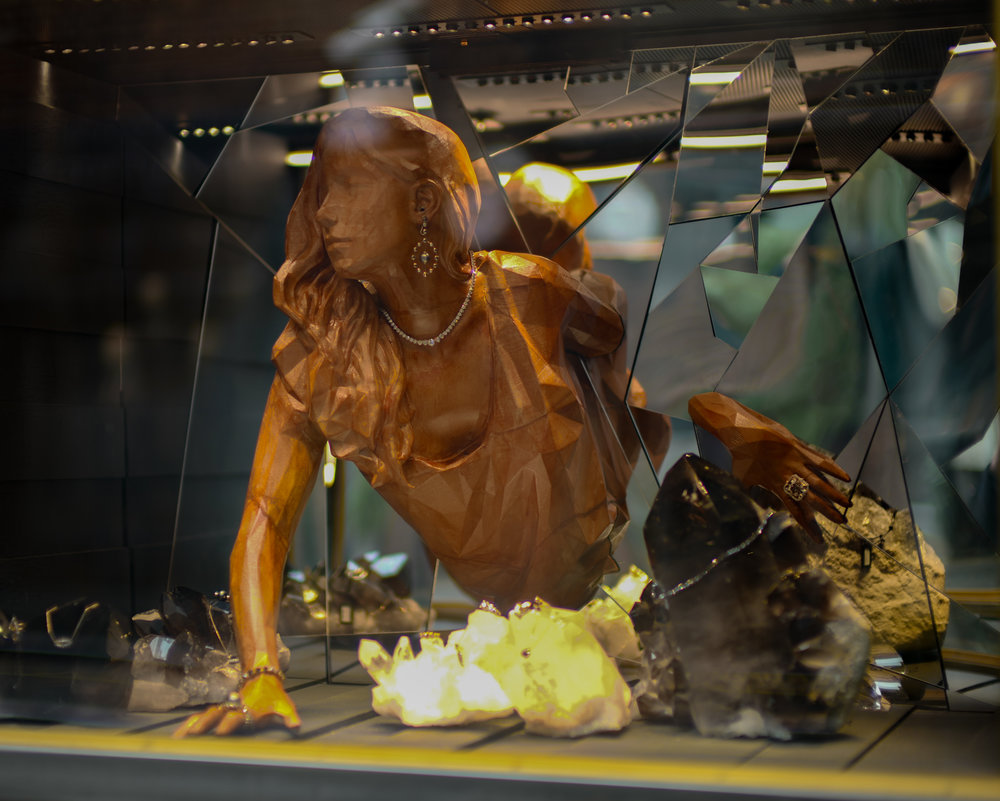
Now the 50mm f/0.95 Noctilux-M ASPH isn’t an everyday lens unless your name happens to be Thorsten von Overgaard. But it is one of those optics that, despite its weight, is simply wonderful and one that most Leica enthusiasts dream of having in their bag. It’s a special occasion lens but one that seldom fails to captivate. In some ways it has more allure than the clinically sharp but slower 50mm Apo Summicron.
Noctilust
The Noctilux and the SL constitute a marriage made in heaven. I wrote words to that effect last year. It is big enough and fat enough to resemble a small native SL lens without protruding like a tiny beak as do most M lenses when mounted on the big mirrorless.
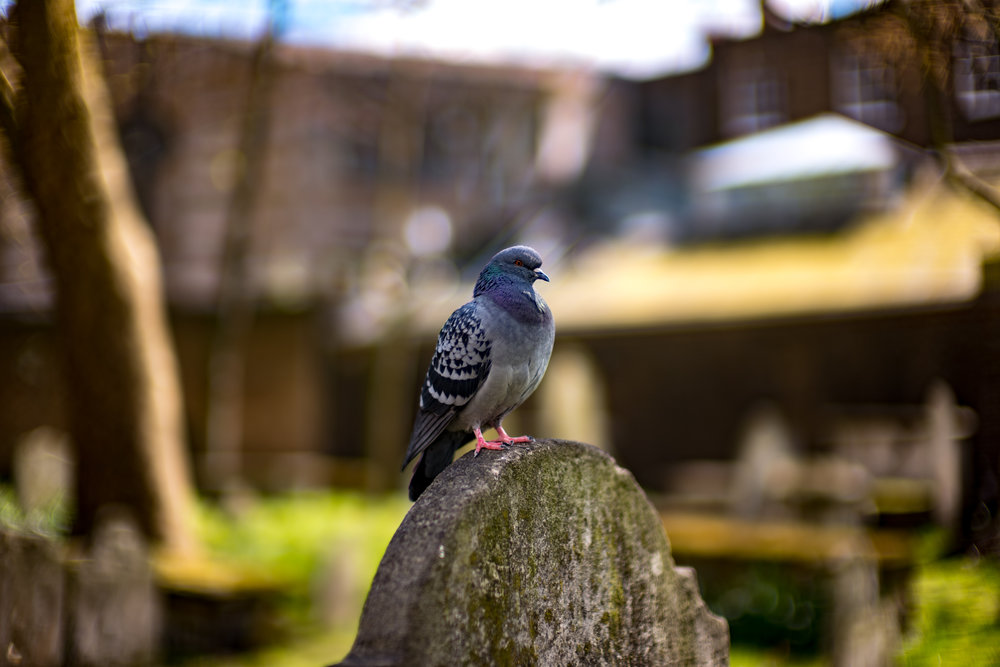
And when it comes to focus, the Noctilux has definitely met its match with the SL. This optic, wide open, is notoriously difficult to focus on a rangefinder, especially for many older users whose eyesight is less than perfect. With such a narrow depth of field, achieving the precise focus point and judging how much of the scene will be sharp is a challenge, even on on the latest M10 with its bigger finder window. The Visoflex helps the M10 focus, of course, but it is the massive 4.4MP viewfinder of the SL that really tames the Noctilux. The amount of detail is such that focus is relatively easy, although you still have to be aware of the problem of ultra-narrow depth of field. And a further bonus that can’t be ignored is that the electronic shutter of the SL permits full-aperture shooting even in bright conditions. With the M you need an ND filter to achieve that party trick.
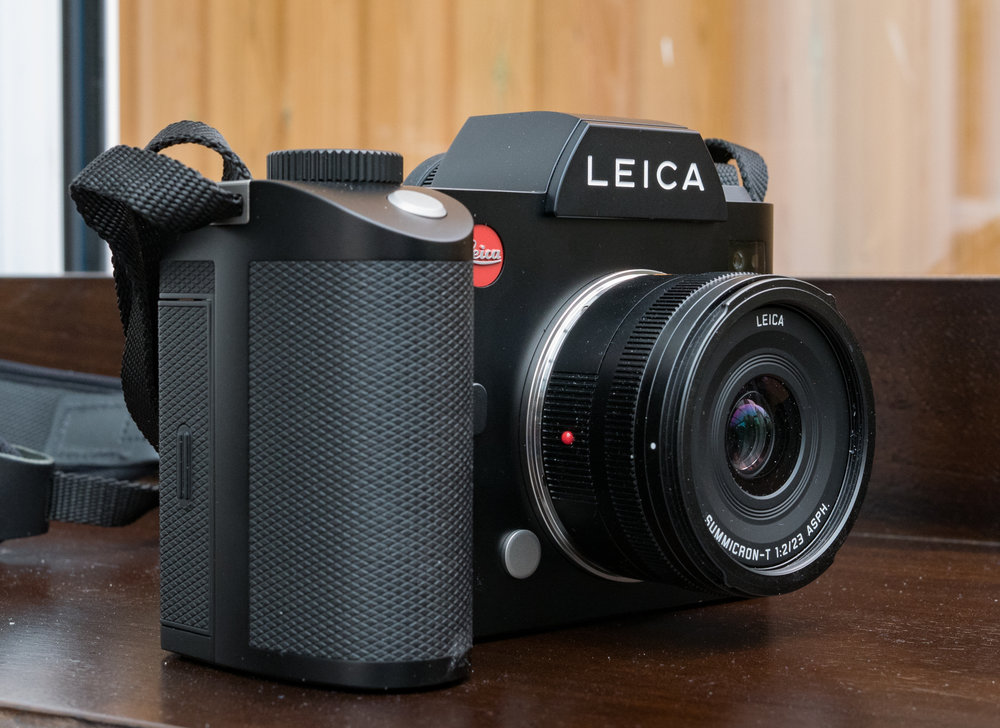
Since the Spring, though, I’ve had another set of lenses to use with the SL. Unlike the M lenses, which require an adapter, the autofocus zooms and primes made for the TL system use the same native mount. They are tiny and very light in comparison with SL lenses and they do offer surprisingly slick autofocus. I bought them in anticipation of the TL2 which, at the time, I thought would have a built-in viewfinder. Now I’m on hold in the APS-C stakes, so I am using the opportunity to give these lenses a thorough workout on the full-frame SL.
Pixel squeeze
There is a snag with the TL lenses, however. Unlike as is the case when mounting full-frame M lenses on the APS-C TL — where the camera is using the central part of the lens but covering the full sensor — the reverse is true when crop lenses are mounted on a full-frame camera such as the SL. Only the centre of the sensor is addressed, resulting in a smaller image, equivalent to the size of an APS-C sensor. The on-paper loss looks a bit frightening, although it is in line with the 1.5 crop factor. Whereas both the TL2 and SL produce full-size images of 6000 x 4000 pixels (24MP), a TL lens mounted on the SL results in an image of 3936 x 2624 pixels or just 10.33MP.

The interesting question is just how significant that shortfall is in real-world photography. On paper it looks pretty drastic, as I said, but all is never exactly as it seems. For instance, the pixels of the SL are bigger than those of the APS-C sensor in the TL2 and this could well bring benefits in low-light performance and in extending dynamic range.
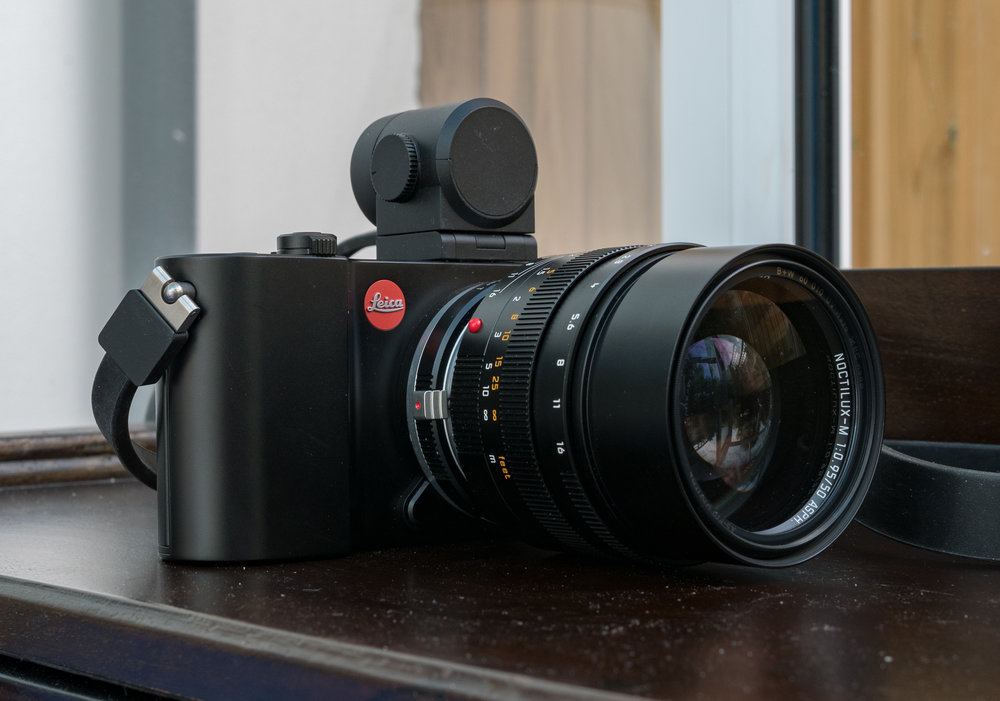
Interestingly, for instance, the Sony A7S, renowned for its high ISO performance and dynamic range, manages with a miserly 12MP sensor. Indeed, that is the whole basis of the performance of this camera. But 12MP on a full-frame sensor means biggie pixels, much bigger than those of the 24MP SL sensor.
Now I’m not suggesting for one minute that a 10.3MP crop of a full-frame 24MP sensor is going to rival the results from, say, the same lens on the TL2 with the full 24 million smaller pixels at its disposal. Logic dictates that this cannot be the case. All I am saying is that the bare figures do not necessarily tell the whole story and, when push comes to shove, the TL lenses are capable of good performance on the SL.
Be this as it may (and I have by no means reached any conclusion), I’ve read some encouraging reports of the use of TL lenses on the SL.
Is there any sense in having a full-frame camera and using crop lenses that reduce the image size so much? This is one of the aspects I shall be considering over the next few months. It’s an interesting question for anyone owning the SL and not wanting to cope with the weight and size of the native autofocus lenses. Buying the SL to use with existing TL and M lenses might just make sense. I aim to find out.
It’s also interesting for those who are attracted by the TL2 but cannot accept a camera without an integral viewfinder. The SL is an alternative, if a rather costly and heavier alternative, to the lightweight TL. However, I don’t think anyone would suggest buying TL lenses just for use with the SL. If you have them, use them, but accept the limitations.
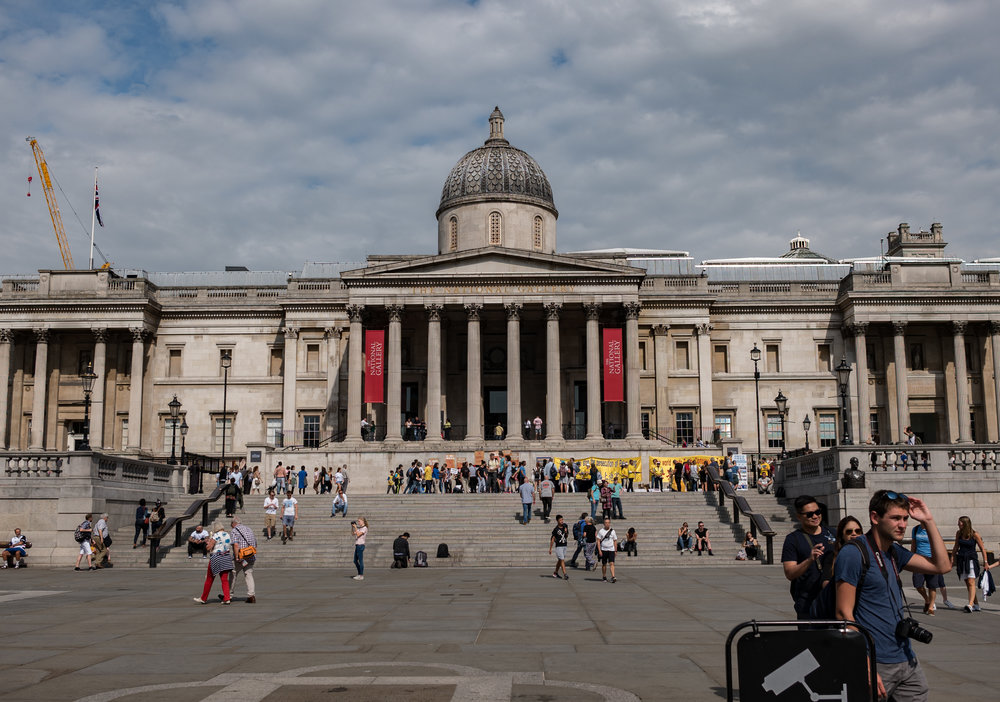
For M lenses on the SL, however, there are no compromises on pixel density or cropping. The M lenses retain their focal length on the SL whereas the popular focal lengths of 28, 35 and 50mm tend to be on the long side when mounted on APS-C. This isn’t the case, incidentally, with TL lenses mounted on the SL — they retain the same full-frame-equivalent focal length as on the TL. A 23mm TL lens behaves as a 35mm whether attached to the TL or SL. it can get confusing.
Secondly, you are using a native full-frame optic which is ultimately the best option. With M lenses you are enjoying a much smaller overall package — compare the 50mm Summilux-SL with the 50mm Summilux-M, for instance. They are chalk and cheese in size and weight but surprisingly similar in performance No, all you are really losing is automatic focus.
As I said, however, there are compromises with the TL lenses. I did a preliminary review of the SL with a TL lens, the 35mm Summilux, shortly after the SL was announced. Looking back on this article I see good results from the combination and I have great hopes for the rest of the TL bunch of lenses.
As I write this article I read that Steve Huff has also just reacquainted himself with the SL and asks whether it is still a good choice after two years. He thinks it is:
“Over the last two years I bought and sold a couple SLs and have had one back for a while now, and I have learned my lesson (I think). I will only sell this SL if Leica upgrades it, and even then, the new one would have to be substantially better for me to want to upgrade. This SL stays with me…..”
What can I say? I suspect I have a similar relationship with the SL. I am certainly looking forward to experimenting with various lenses, full and crop frame, and will bring you the results over the next few months. Got to find something to write about every day.
What are your experiences of using either M or TL lenses on the mighty SL?
______________

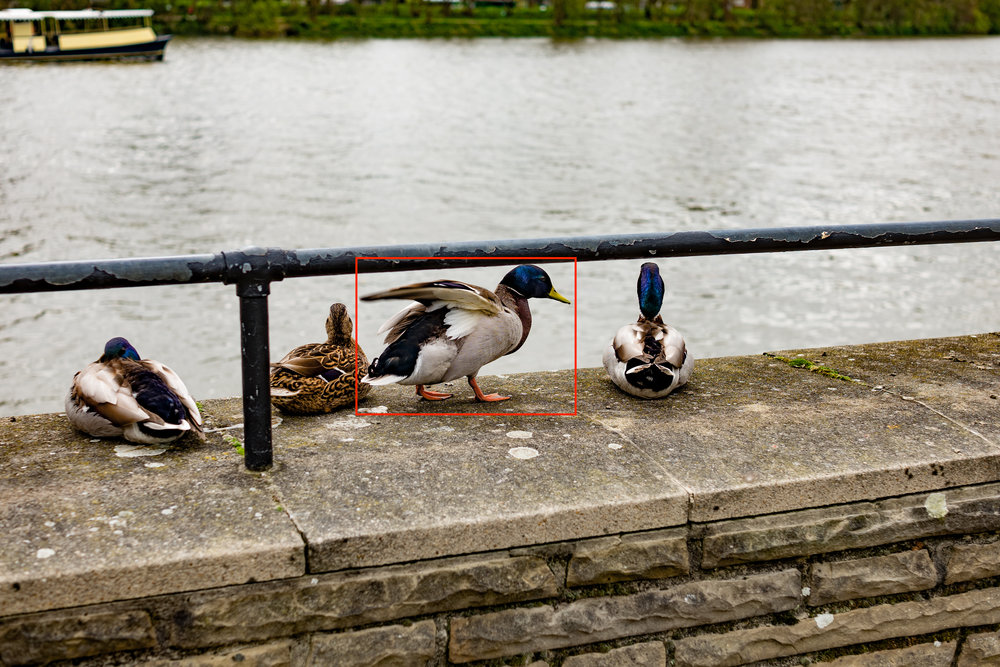
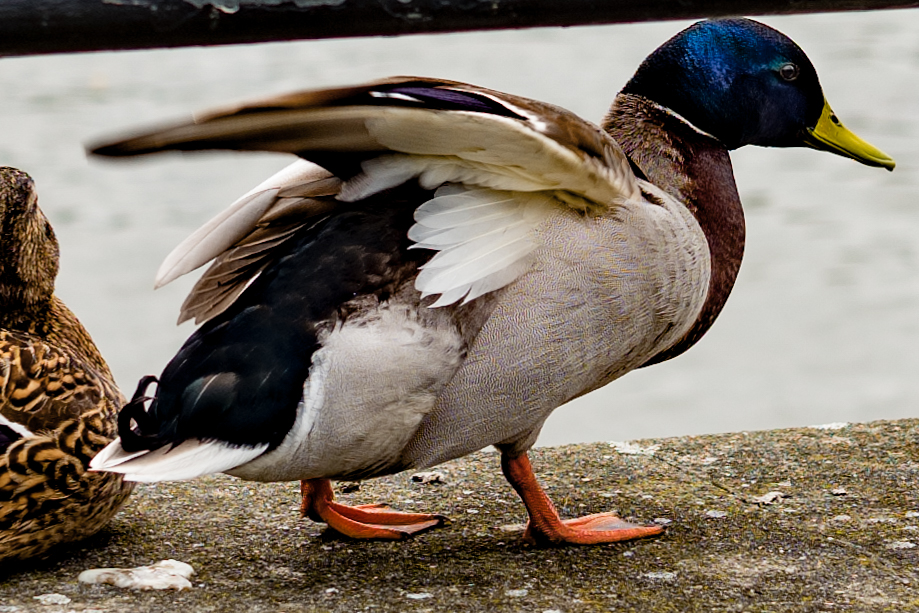
I write this comment some time after the original article,
time brings a change, and the SL3, with 60MP,
which, when mated to TL lenses gives an effective 26MP.
I travel a lot and find the lighter TL lenses easier to carry.
In warmer countries with greater daylight, I am using zooms,
11-23mm
23-56mm
55-135mm.
If I know there are going to be portrait opportunities,
I would add full frame lenses in the shape of
Leica SL 50mm F2
Panasonic 85mm F1.8
again, both light and faster lenses.
This kit is used in most travel I make,
however in Norway, later this month, where I will be more static, travelling up fjords on a boat,
I will bring along a Leica 24-90mm, hopefully covering a wide range of focal lengths, but with the ability to crop.
Again I will bring my portrait lenses.
Choices for the future, being to
buy back a CL?
3 zooms already owned,
but I used to have a TL 23mm Leica lens on a TL2 camera, which, then covered 90% of my photography,
should I buy another?
Already owning an SL50mm F2, would the 2 compete with one another?
I would apprise your thoughts.
Kind regards
Stephen Ault
I have been through the same expirince and agree with you Sl is the best of all Leicas but heavy SL Lenses are to heavy for my old and arthritic shoulder
M and R lenses with corresponding adapters are super combination and the result are fantastic
TL lenses are ok if you want to make video or snap shots but you are wasting your money for no enjoyment
Isn’t it possible to use TL lenses without the crop-mode? Vignetting can be edited partly in post processing?
Ronald, I went into this in some detail with Leica’s Robin Sinha at the time of the launch of the SL. As I understand, the APS-C TL lenses address only the centre of the full-frame sensor — around 11.5MP out of the available 24MP. Of course these pixels are bigger than those on the APS-C sensor so confer some different characteristics, but you are still dealing with a crop. In the opposite case, using full-frame lenses on an APS-C camera, the full area of the sensor is used but only by the central portion of he lens. The result of this is a 50% increase in the angle of view
I have had a Leica SL for over a year over a year and I cannot fault it in anyway. I changed from the M system and kept my 28 and 21 mm M lenses and also have the SL’s Vario 24-90, and 16-35 lenses which are absolutely superb.
I shoot both still photographs and video professionally and use the SL as an adjunct to my Sony full-size broadcast video camera and also use the SL as a standalone video camera. The picture quality of the SL is absolutely fantastic even without using the log exposure. I also have a Leica Q as a smaller camera for travel or general use and the picture quality matches that of the SL although naturally, its video capabilities are less than the SL or a full-size broadcast camera. However, the Q still produces professional quality video pictures and I use it regularly for professional work both for video and still photography.
Having used many other types of professional cameras I can honestly say that the Leica SL is the best still camera I have ever used. So is the Q as a smaller camera.
Naturally, it will not suit everybody in the same way that no camera ever suits everybody.
But do not be put off by some of the ridiculous, adverse comments posted on the Internet.
The SL is a wonderful machine .
A masterpiece of design and engineering.
You are right, the SL is a masterpiece and the lenses are truly excellent. My only worry is the size of the equipment but that clearly isn’t a problem for you and it’s good §that you are enjoying the system.
I’d like to see an SL with a 24MP APSC sensor in it…!
I tried the body on loan from Leica NZ and loved it, but the native lenses are just a PITA. The CL looks good but apparently tracking AF is not particularly good and it is not environmentally sealed for reasons best known to Leica. I have M lenses and a 240 but the eye point is not high enough for me to see all the frame lines below 50mm and I can’t see the edges of the VF image regardless (I wear glasses). Not a problem on the SL. Also, without AF I miss too many shots as most of my subjects are moving.
Thus I am considering an SL with T lenses and M lenses for travel, with the native SL glass reserved for working shoots at home where transportation and shoot duration is easier than when I am shooting travel. But then I need a 2 body system, which needs a mortgage if you want two SLs…!
So Leica might lose my business to Fujifilm with the XH1.
Actually, I too believe that a mini SL with APS-C sensor would be popular, although we still come up against the lack of weather sealing in the TL lenses (as covered in a response to another of your comments today). I agree on the SL lenses and your PITA comment. They are. I’ve had the SL since new and originally purchased the really excellent 24-90 zoom. I loved that lens but the combo was just too heavy and bulky for me. I still like the SL body for use with M-mount lenses and it comes in useful for lens testing. But in fact I find the CL works just as well with manual lenses, although the 1.5x crop factor can be a nuisance if you want anything wide.
PS … I do the same when using the Leica T with legacy lenses i.e. make a written note of the legacy lens used on the T. Currently I’m using a Vixen Fluorite 810mm telescope with Leitz APO extenders on the Leica T; the notebook pages document when the extender(s) are added / removed; the ‘scope is on a tripod and it’s a simple matter to remove the Leica T, attach the 23mm TL lens, photograph the notebook page, and then reattach the Leica T to the telescope. I’ll be doing the same with the SL and the telescope now that I have a suitable T2 thread tube.
I use the 23mm TL lens on the SL as a ‘notebook lens’. When using legacy lenses on the SL I make a written note in my notebook of the legacy lens / aperture / extender etc and then photograph the notebook page using the SL and 23mm TL lens. When the legacy lens’ images are loaded onto my computer, the sequence is always preceded by a photo of the notebook page – thus identifying the lens used. The 23mm TL lens focuses sufficiently closely to record the notebook page; the EXIF data’s ‘unknown lens’ (the legacy lens) and its guesstimated focal length are always documented in the notebook page photo. This procedure is particularly useful when using legacy telephoto / long focus lenses with extenders.
Really interesting info. I’m shooting weddings with an M10 + Q but have been hoping for a small autofocus backup companion (relatively small when compared to a SLR). SL + TL lenses might just fit the bill unless Leica decided to release an APS-C body with built in EVF.
Yes. Watch this space!
I share Macfilos articles with my daughter and she and her husband both attorneys and they have to yearly take continuing education classes CLE they are called they said Macfilos should run their classes, because of all the information provided! Thank you.
Looking at the centre placard at the top, I thought for a minute that Orwell was coming back to haunt you for your ‘Wigan Pier’ edition.
William
Indeed, Animal Farm should be compulsory reading for all students who think they know a thing or two about politics, especially now the porkers have taken over Her Majesty’s opposition.
Interesting observations Mike,
Leica would do well to concentrate on summicrons and elmarits for its next batch of SL lenses.
Agreed. But the more I look at, say, the 50mm Summilux-SL and compare it with the Summilux-M the more I wonder where all this size comes from. We all know that autofocus motors add to girth, but the difference in length and weight between these two lenses is staggering. With SL lenses attached, the SL is more medium format than the Hasselblad or the Fuji. Beats me.